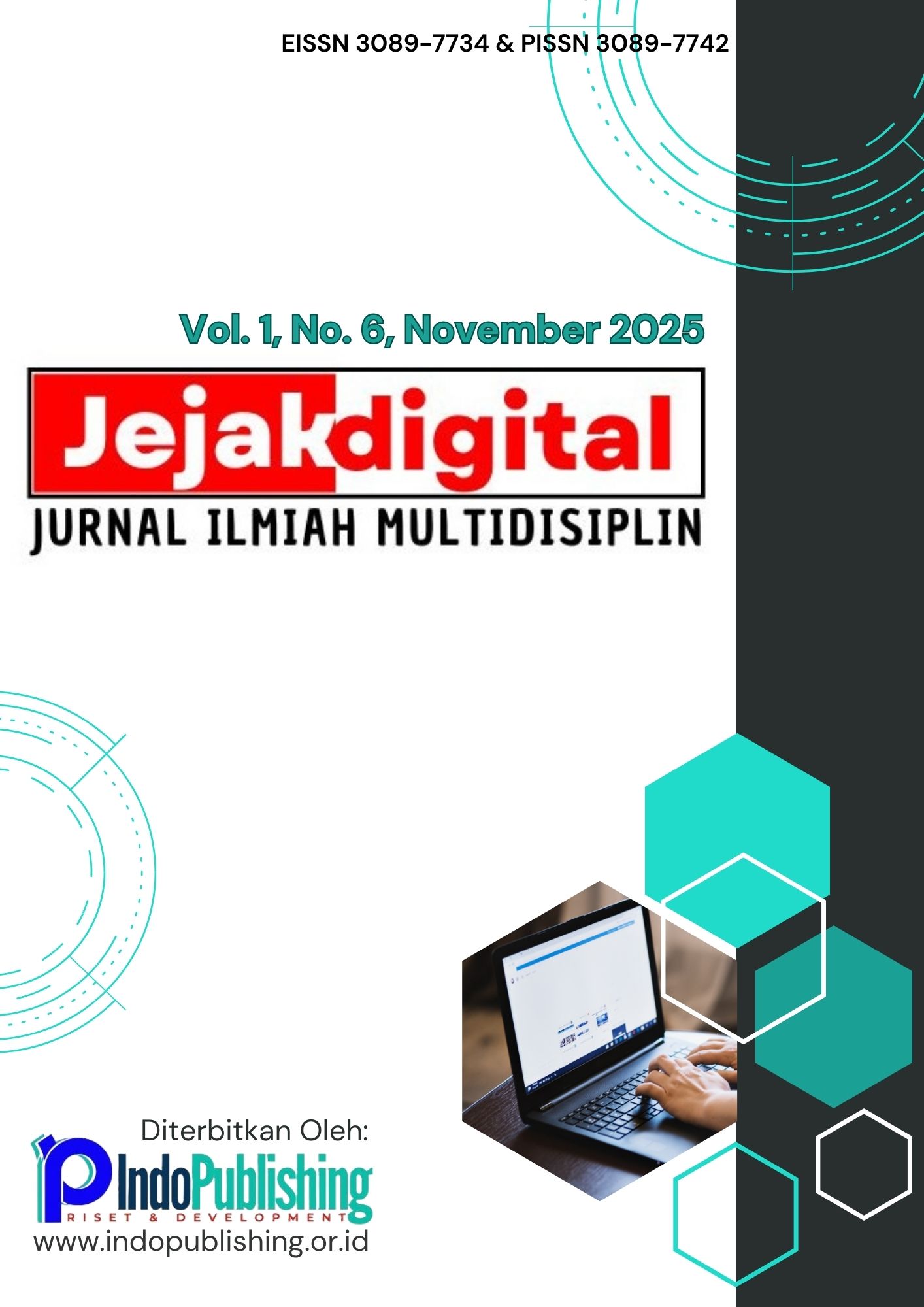Biomekanika terhadap Efisiensi Gerakan Perawat Saat Melakukan Resusitasi Jantung Paru (RJP)
DOI:
https://doi.org/10.63822/n7ewmh70Keywords:
CPR, Simulation, Self-Help Video, Nurses, COVID-19Abstract
Sudden cardiac arrest requires rapid intervention through cardiopulmonary resuscitation (CPR), making learning methods such as simulation and self-directed video crucial for improving the capacity of healthcare providers and communities. This review analyzed five recent Indonesian research articles to determine the impact of learning methods on CPR knowledge, attitudes, and skills, as well as nurses' experiences in practicing CPR during the COVID-19 pandemic. The study methods included literature collection and analysis from articles such as Wahyuningsih et al. (2022), Aty et al. (2023), and Metrikayanto et al. (2018), as well as two additional articles. Results showed that simulation and self-directed video were equally effective in improving CPR knowledge, attitudes, and skills (p > 0.05), although simulation was superior for complex practical skills. Barriers to nurses' experiences in CPR with COVID-19 patients included fatigue due to PPE, anxiety about infection, and mobility difficulties, which impacted the quality of intervention. Implications include the need for a combination of methods for efficiency, as well as adaptive training that considers environmental and psychological factors. Conclusion: Both methods are effective and can be used interchangeably, but training must be tailored to the practice context to optimize outcomes. Recommendation: Integrate simulations and videos into the climate environment and enhance operational support during the pandemic.
References
Aty, N. A., Sari, R. I., & Handayani, M. (2023). Pengalaman Perawat dalam Melakukan Resusitasi Jantung Paru pada Pasien COVID-19. Jurnal Kesehatan Vokasional, 12(3), 245-254. Universitas Gadjah Mada. https://jurnal.ugm.ac.id/jkesvo/article/view/76178
Metrikayanto, A. D., & Setyowati, D. L. (2018). Pengaruh Metode Simulasi dan Self Directed Video terhadap Pengetahuan, Sikap, dan Keterampilan RJP menggunakan I-Carrer Cardiac Resuscitation Manekin pada Siswa SMA Anggota PMR. Indonesian Journal of Health Sciences, 2(1), 45-53. Universitas Muhammadiyah Ponorogo. https://journal.umpo.ac.id/index.php/IJHS/article/view/3287
Wahyuningsih, E., Sari, D. P., & Yuliani, T. (2022). Pengaruh Metode Self Direct Video dan Simulasi terhadap Pengetahuan dan Keterampilan Resusitasi Jantung Paru (RJP) pada Relawan. Jurnal MUDIMA, 2(4), 112-120. Neliti. https://www.neliti.com/publications/474721
Hidayat, N., & Nuraini, S. (2021). Efektivitas Pelatihan Resusitasi Jantung Paru Menggunakan Video Edukasi terhadap Peningkatan Pengetahuan dan Keterampilan Masyarakat. Jurnal Penelitian dan Pengabdian Kepada Masyarakat, 9(2), 188-195. Global Health Science Group. https://jurnal.globalhealthsciencegroup.com/index.php/JPPP/article/view/1494
Sulastri, E., & Amalia, D. (2020). Peningkatan Keterampilan RJP melalui Pelatihan Simulasi pada Mahasiswa Keperawatan. Jurnal Aisyiyah Medika (JAM), 5(1), 56-63. STIKES Aisyiyah Palembang. https://jurnal.stikes-aisyiyah-palembang.ac.id/index.php/JAM/article/view/167
Downloads
Published
Issue
Section
License
Copyright (c) 2025 Nelia Canizio, Nafi' Atun, Naya Herdiana, Ocha Avriela, Paramita Inka, Reggy Orlando, Liss Dyah Dewi Arini (Author)

This work is licensed under a Creative Commons Attribution-NonCommercial-ShareAlike 4.0 International License.






